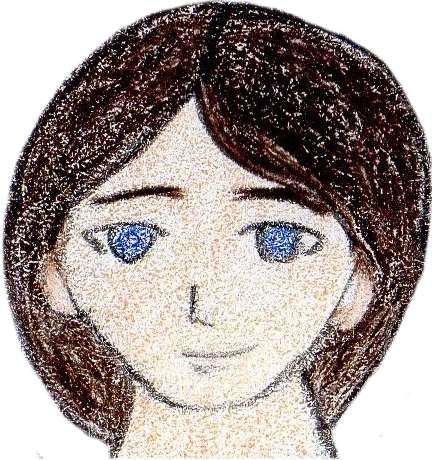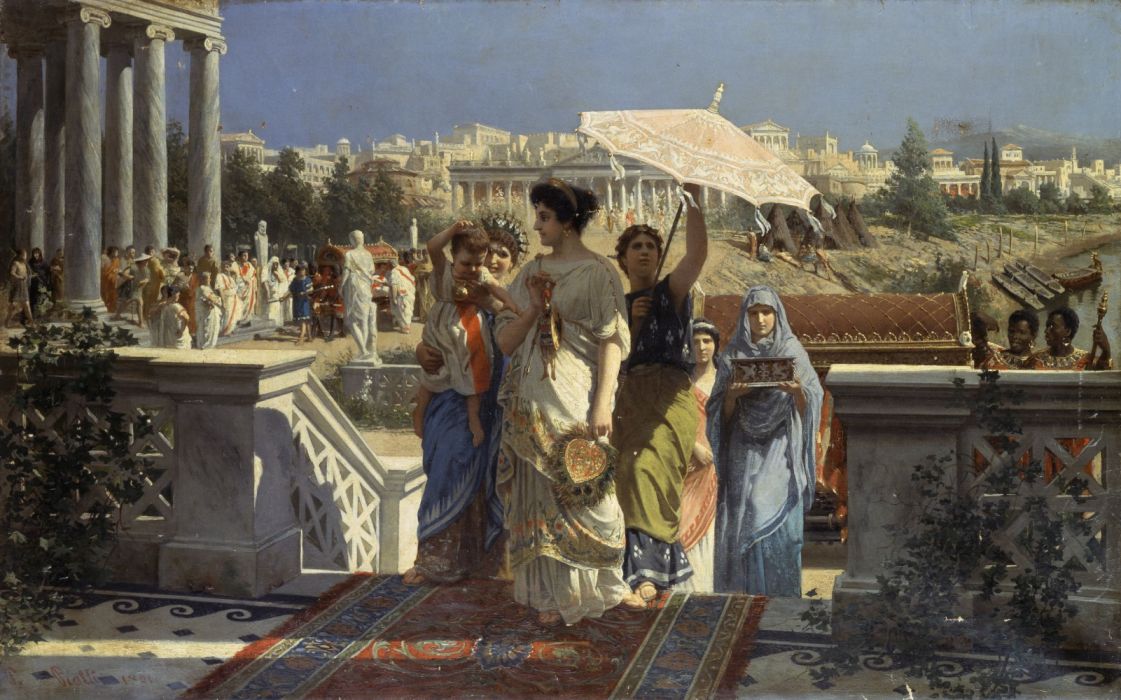The quality of the roads of the kingdom of Sérannie wasn't amazing to begin with. The damage and lack of maintenance occasioned by the war with the
Dark Lord haven't made things a lot better.
There aren't a lot of horses in the country, as the Séranniens don't have the right kind of grains to feed them. Apparently, the equivalent to wheat that they have isn't very nourishing for them, and neither's the grass of their pasture. That means that anyone keeping horses needs to employ a herbologist that can bring up the right nutrients from deep underground to feed the grass of the pasture to make them more suitable. All of this makes keeping horses extremely expensive and only worth the bother for armies.
Even for our quests to defeat the Dark Lord, we only had horses at the start of our journey when we left the capital. As soon as we got too far from the main cities and their royal garrisons, we had to give them up, both because of the lack of herbologists nearby and to remain inconspicuous. That meant that the rest of our travel had to be done on foot, carrying our luggage ourselves, royal heirs with us or not
.
Nobles, of course, can afford to travel via horses, traders however cannot. Instead, they use donkeys to pull their carts. Those donkeys are too small to be ridden by humans, but they're very sturdy and can pull heavy loads. The donkeys also appear to have different nutrient needs from horses and can feed on unmagiked grass.






Comments